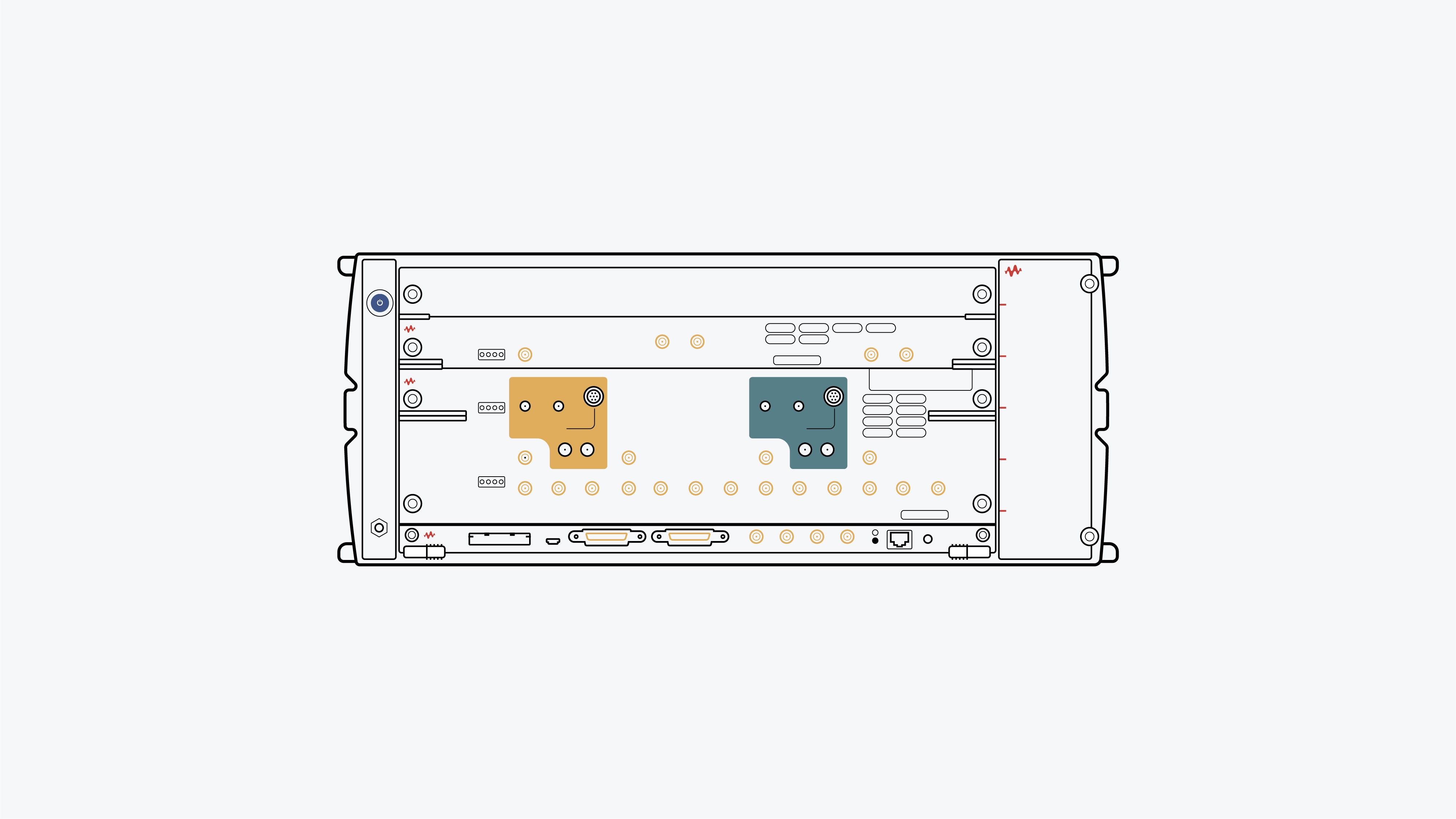keysight:dtx/solutions/facets/design-and-test-product/layout-software,keysight:dtx/solutions/facets/workflow-stage/design,keysight:dtx/solutions/facets/development-area/high-speed-digital,keysight:dtx/solutions/facets/industry/wireline-communications,keysight:dtx/solutions/facets/industry/semiconductor,segmentation:funnel/mofu,keysight:models/w9/w9001e,keysight:product-lines/4w,segmentation:campaign/EDA_Software,segmentation:product-category/EDA_Software/Circuit_Design_Software,segmentation:business-unit/KTO_PSS,segmentation:product-category/EDA_Softwarekeysight:dtx/solutions/facets/design-and-test-product/layout-software,keysight:dtx/solutions/facets/workflow-stage/design,keysight:dtx/solutions/facets/development-area/high-speed-digital,keysight:dtx/solutions/facets/industry/wireline-communications,keysight:dtx/solutions/facets/industry/semiconductor,segmentation:funnel/mofu,keysight:models/w9/w9001e,keysight:product-lines/4w,segmentation:campaign/EDA_Software,segmentation:product-category/EDA_Software/Circuit_Design_Software,segmentation:business-unit/KTO_PSS,segmentation:product-category/EDA_Softwarekeysight:dtx/solutions/facets/design-and-test-product/layout-software,keysight:dtx/solutions/facets/workflow-stage/design,keysight:dtx/solutions/facets/development-area/high-speed-digital,keysight:dtx/solutions/facets/industry/wireline-communications,keysight:dtx/solutions/facets/industry/semiconductor,segmentation:funnel/mofu,keysight:models/w9/w9001e,keysight:product-lines/4w,segmentation:campaign/EDA_Software,segmentation:product-category/EDA_Software/Circuit_Design_Software,segmentation:business-unit/KTO_PSS,segmentation:product-category/EDA_Softwarekeysight:dtx/solutions/facets/design-and-test-product/layout-software,keysight:dtx/solutions/facets/workflow-stage/design,keysight:dtx/solutions/facets/development-area/high-speed-digital,keysight:dtx/solutions/facets/industry/wireline-communications,keysight:dtx/solutions/facets/industry/semiconductor,segmentation:funnel/mofu,keysight:models/w9/w9001e,keysight:product-lines/4w,segmentation:campaign/EDA_Software,segmentation:product-category/EDA_Software/Circuit_Design_Software,segmentation:business-unit/KTO_PSS,segmentation:product-category/EDA_Softwarekeysight:dtx/solutions/facets/design-and-test-product/layout-software,keysight:dtx/solutions/facets/workflow-stage/design,keysight:dtx/solutions/facets/development-area/high-speed-digital,keysight:dtx/solutions/facets/industry/wireline-communications,keysight:dtx/solutions/facets/industry/semiconductor,segmentation:funnel/mofu,keysight:models/w9/w9001e,keysight:product-lines/4w,segmentation:campaign/EDA_Software,segmentation:product-category/EDA_Software/Circuit_Design_Software,segmentation:business-unit/KTO_PSS,segmentation:product-category/EDA_Softwarekeysight:dtx/solutions/facets/design-and-test-product/layout-software,keysight:dtx/solutions/facets/workflow-stage/design,keysight:dtx/solutions/facets/development-area/high-speed-digital,keysight:dtx/solutions/facets/industry/wireline-communications,keysight:dtx/solutions/facets/industry/semiconductor,segmentation:funnel/mofu,keysight:models/w9/w9001e,keysight:product-lines/4w,segmentation:campaign/EDA_Software,segmentation:product-category/EDA_Software/Circuit_Design_Software,segmentation:business-unit/KTO_PSS,segmentation:product-category/EDA_Softwarekeysight:dtx/solutions/facets/design-and-test-product/layout-software,keysight:dtx/solutions/facets/workflow-stage/design,keysight:dtx/solutions/facets/development-area/high-speed-digital,keysight:dtx/solutions/facets/industry/wireline-communications,keysight:dtx/solutions/facets/industry/semiconductor,segmentation:funnel/mofu,keysight:models/w9/w9001e,keysight:product-lines/4w,segmentation:campaign/EDA_Software,segmentation:product-category/EDA_Software/Circuit_Design_Software,segmentation:business-unit/KTO_PSS,segmentation:product-category/EDA_Softwarekeysight:dtx/solutions/facets/design-and-test-product/layout-software,keysight:dtx/solutions/facets/workflow-stage/design,keysight:dtx/solutions/facets/development-area/high-speed-digital,keysight:dtx/solutions/facets/industry/wireline-communications,keysight:dtx/solutions/facets/industry/semiconductor,segmentation:funnel/mofu,keysight:models/w9/w9001e,keysight:product-lines/4w,segmentation:campaign/EDA_Software,segmentation:product-category/EDA_Software/Circuit_Design_Software,segmentation:business-unit/KTO_PSS,segmentation:product-category/EDA_Softwarekeysight:dtx/solutions/facets/design-and-test-product/layout-software,keysight:dtx/solutions/facets/workflow-stage/design,keysight:dtx/solutions/facets/development-area/high-speed-digital,keysight:dtx/solutions/facets/industry/wireline-communications,keysight:dtx/solutions/facets/industry/semiconductor,segmentation:funnel/mofu,keysight:models/w9/w9001e,keysight:product-lines/4w,segmentation:campaign/EDA_Software,segmentation:product-category/EDA_Software/Circuit_Design_Software,segmentation:business-unit/KTO_PSS,segmentation:product-category/EDA_Softwarekeysight:dtx/solutions/facets/design-and-test-product/layout-software,keysight:dtx/solutions/facets/workflow-stage/design,keysight:dtx/solutions/facets/development-area/high-speed-digital,keysight:dtx/solutions/facets/industry/wireline-communications,keysight:dtx/solutions/facets/industry/semiconductor,segmentation:funnel/mofu,keysight:models/w9/w9001e,keysight:product-lines/4w,segmentation:campaign/EDA_Software,segmentation:product-category/EDA_Software/Circuit_Design_Software,segmentation:business-unit/KTO_PSS,segmentation:product-category/EDA_Softwarekeysight:dtx/solutions/facets/design-and-test-product/layout-software,keysight:dtx/solutions/facets/workflow-stage/design,keysight:dtx/solutions/facets/development-area/high-speed-digital,keysight:dtx/solutions/facets/industry/wireline-communications,keysight:dtx/solutions/facets/industry/semiconductor,segmentation:funnel/mofu,keysight:models/w9/w9001e,keysight:product-lines/4w,segmentation:campaign/EDA_Software,segmentation:product-category/EDA_Software/Circuit_Design_Software,segmentation:business-unit/KTO_PSS,segmentation:product-category/EDA_Softwarekeysight:dtx/solutions/facets/design-and-test-product/layout-software,keysight:dtx/solutions/facets/workflow-stage/design,keysight:dtx/solutions/facets/development-area/high-speed-digital,keysight:dtx/solutions/facets/industry/wireline-communications,keysight:dtx/solutions/facets/industry/semiconductor,segmentation:funnel/mofu,keysight:models/w9/w9001e,keysight:product-lines/4w,segmentation:campaign/EDA_Software,segmentation:product-category/EDA_Software/Circuit_Design_Software,segmentation:business-unit/KTO_PSS,segmentation:product-category/EDA_Software
How to Analyze Signal Integrity using Layout Geometry
Achieving peak performance in high-speed printed circuit boards (PCB) requires verifying signal integrity (SI) compliance in all electrical traces. Learn how to use layout geometry to generate SI metrics to catch issues earlier and reduce the verification rounds with SI specialists.
Learn more







